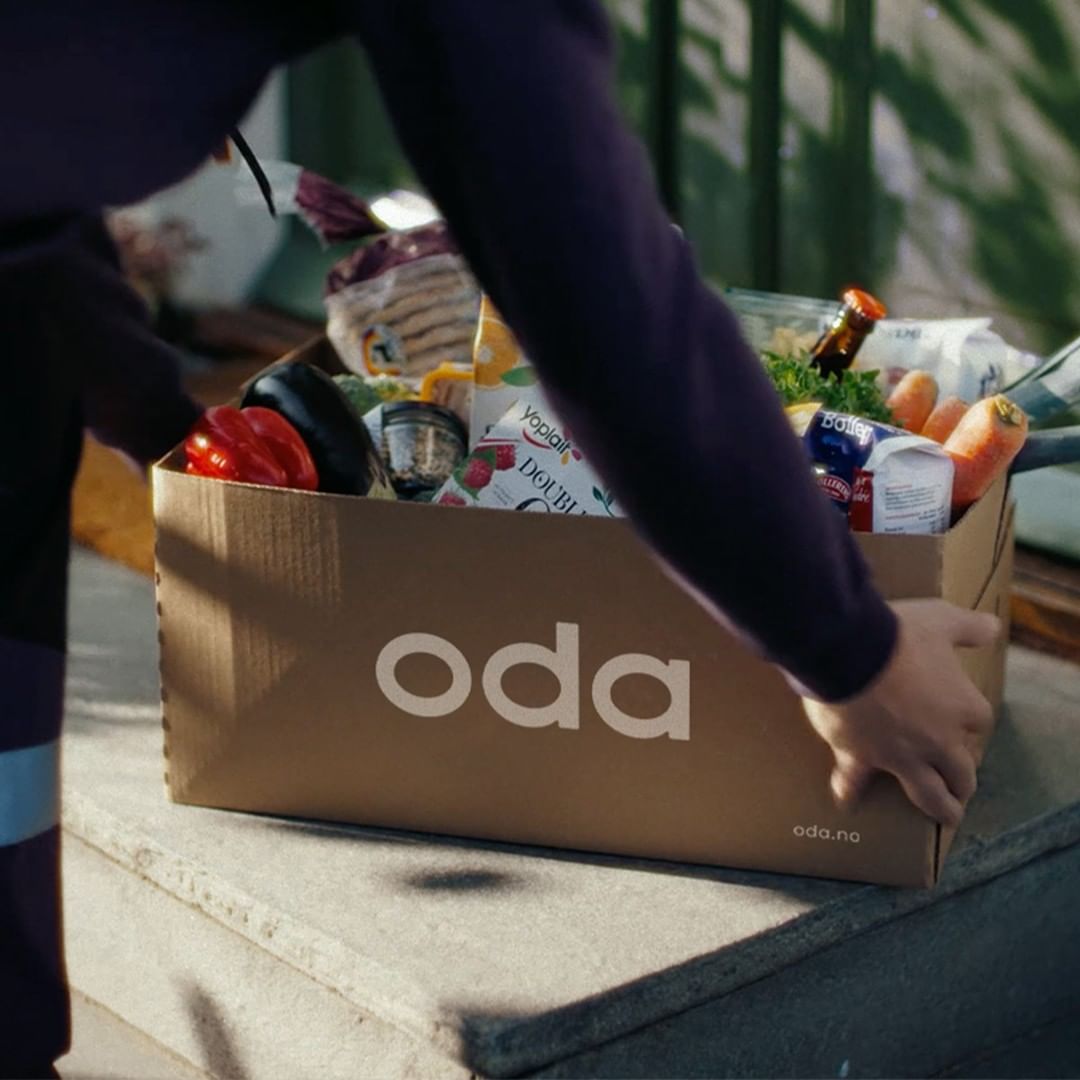NORWEGIAN CONSUMERS SNUB RED MEAT AFTER CARBON FOOTPRINT DISPLAYED ON GROCERY RECEIPTS
CLIMATE IMPACT RECEIPTS PUT NORWEGIAN SHOPPERS OFF RED MEAT
Norwegian online grocer Oda reports orders for red meat and other carbon intensive products have fallen since it introduced climate receipts 12 months ago. Oda worked with Cicero, a Norwegian climate research centre, to categorise all products in its catalogue. Items are considered as high, medium or low emission-generators. Oda customers have been informed of their personal impacts, in line with shopping trends, since January 2021.
SHOPPERS DITCH RED MEAT AFTER CLIMATE IMPACT PRINTED ON RECEIPTS
Oda (formerly known as Kolonial) a startup based out of Oslo, has been working with Cicero, a Norwegian climate research institute, to create clear-to-read carbon footprints that can help customers become more aware of their dietary choices.
They grouped each product into high, medium and low emissions so that every item on the bill gets a rating, which indicates the total carbon footprint of each purchase.
Louise Fuchs, sustainability director at Oda, told the Independent: “Our customers told us that they find it close to impossible to know what is climate-friendly.
“We thought it was an important challenge to solve so we started looking for easy ways to communicate emissions. We do not want to point fingers and tell our customers what to buy and what to avoid – climate receipts arrived because of what our customers asked for.”
While the food delivery company has seen a major drop in orders for red meat and other less sustainable goods, orders for plant-based meals have spiked.
To further its environmental goals, Oda also discontinued multi-buy deals on less sustainable foods to avoid unnecessary buying and consumption and switched to reusable cardboard boxes for deliveries instead of plastic bags.
Disclosing buying trends on the platform, Fuchs said that meat substitute orders have grown 80% year-on-year. Moreover, Oda customers now buy more than 50% more fruit and veg than the average consumer post the carbon receipts.
“We have had great feedback from the customers on the solution. It is supporting an already growing trend – one in every five burgers sold is now vegetarian and the popularity of vegetarian meals generally has grown,” Fuchs revealed. “Lentil soup was one of our top ten sold recipes last year – the previous years it was nowhere near the top ten.”
She added: “We were the first in Norway to create the climate receipt and a year after we have seen examples of other grocers following the trend.”
OTHER SCANDINAVIAN GROCERS ALREADY CONFRONT CONSUMERS OVER CARBON
Last year we reported that a new supermarket called The Climate Store had opened in Sweden. In a world’s first, the grocery store prices its products according to their carbon footprint – meaning consumers pay higher prices for products that are more carbon-intensive, such as meat and dairy. More on this story.
Meanwhile, last June, Danish grocery store Coop unveiled an app that allows shoppers to track the estimated carbon impact of their shop. The tool takes into account carbon released as a result of production, processing, transportation and any food waste produced from field to shop. The app also offers advice on how to change their grocery shopping habits to reduce their own carbon footprint. The app also lets shoppers compare the footprint of their own shop to that of the average shopper’s basket.
These concepts offer clever ways to help consumers reduce their personal carbon impact and make greener choices at the point of sale. More on this story.
Original article from BrightVibes.
